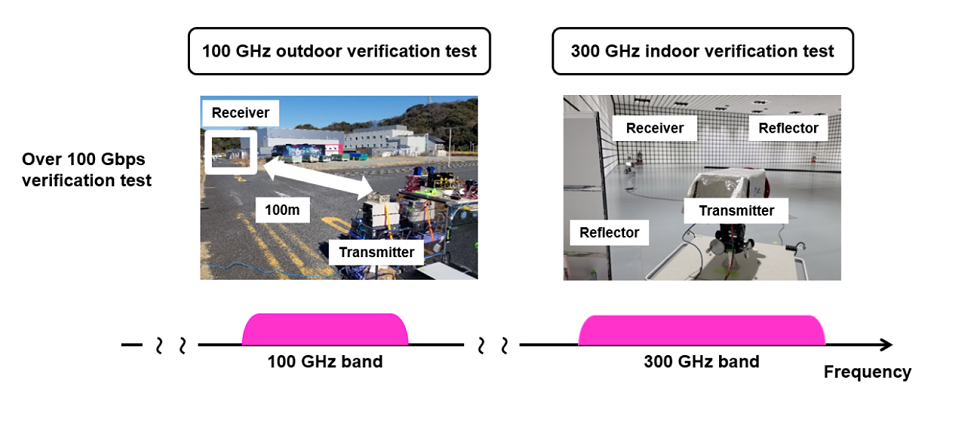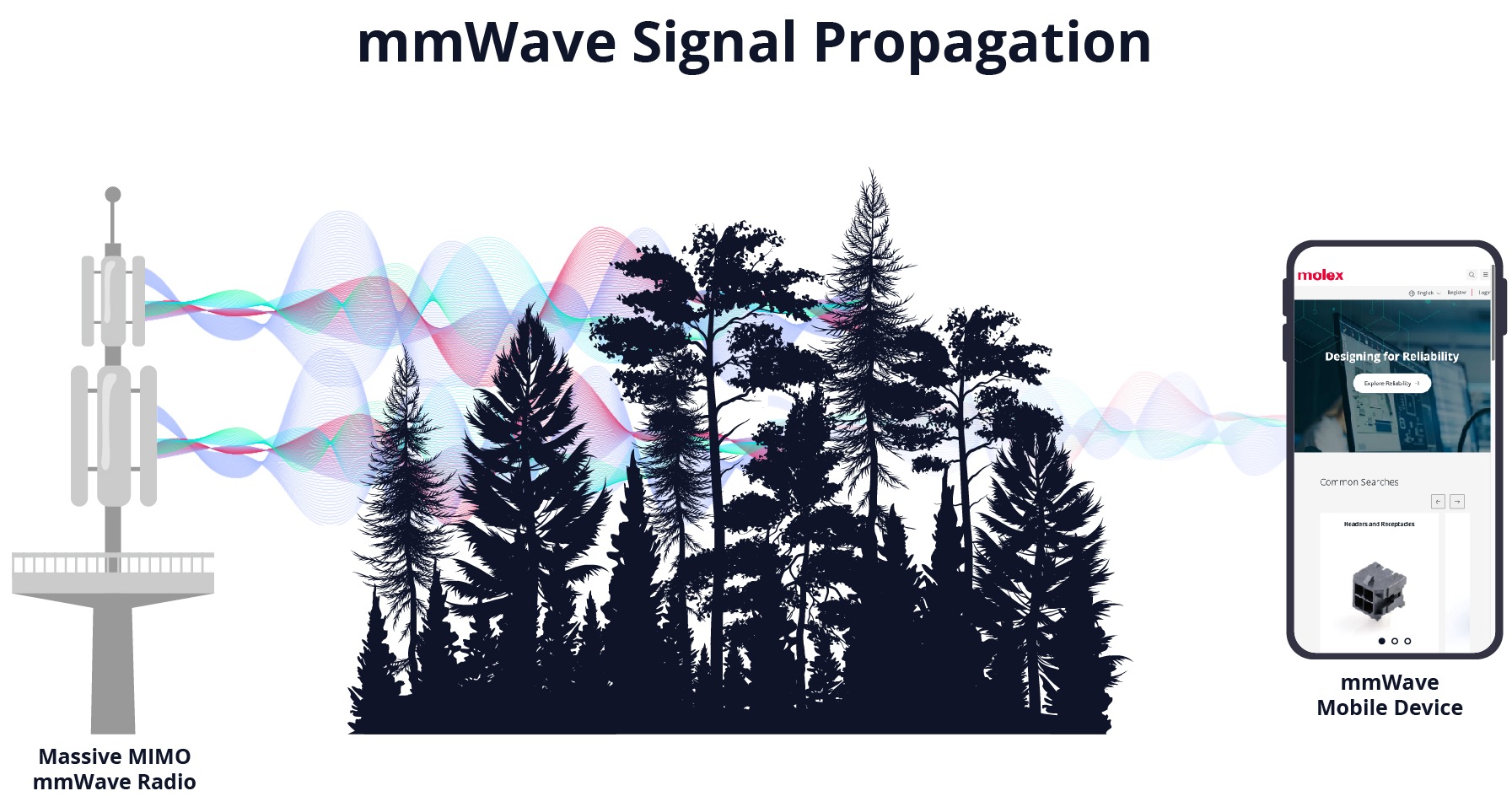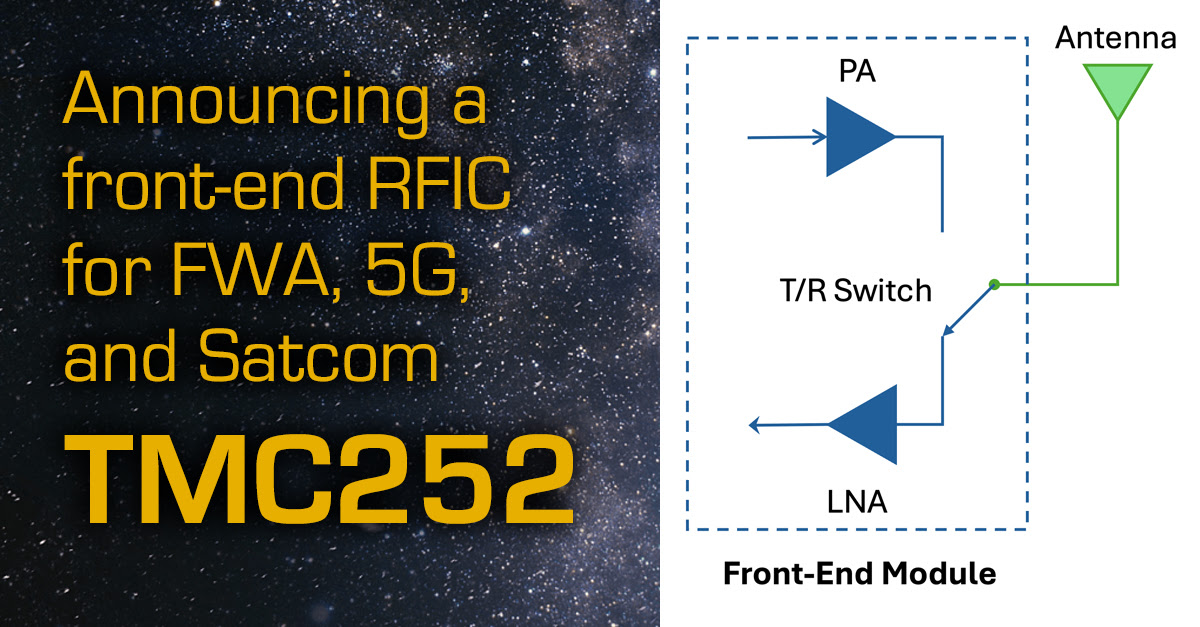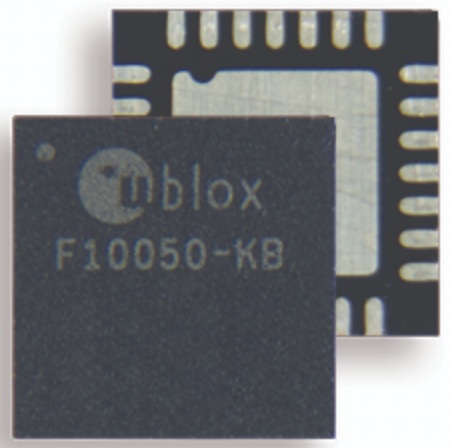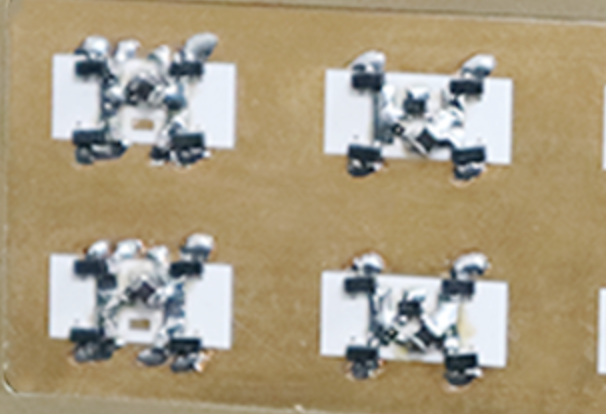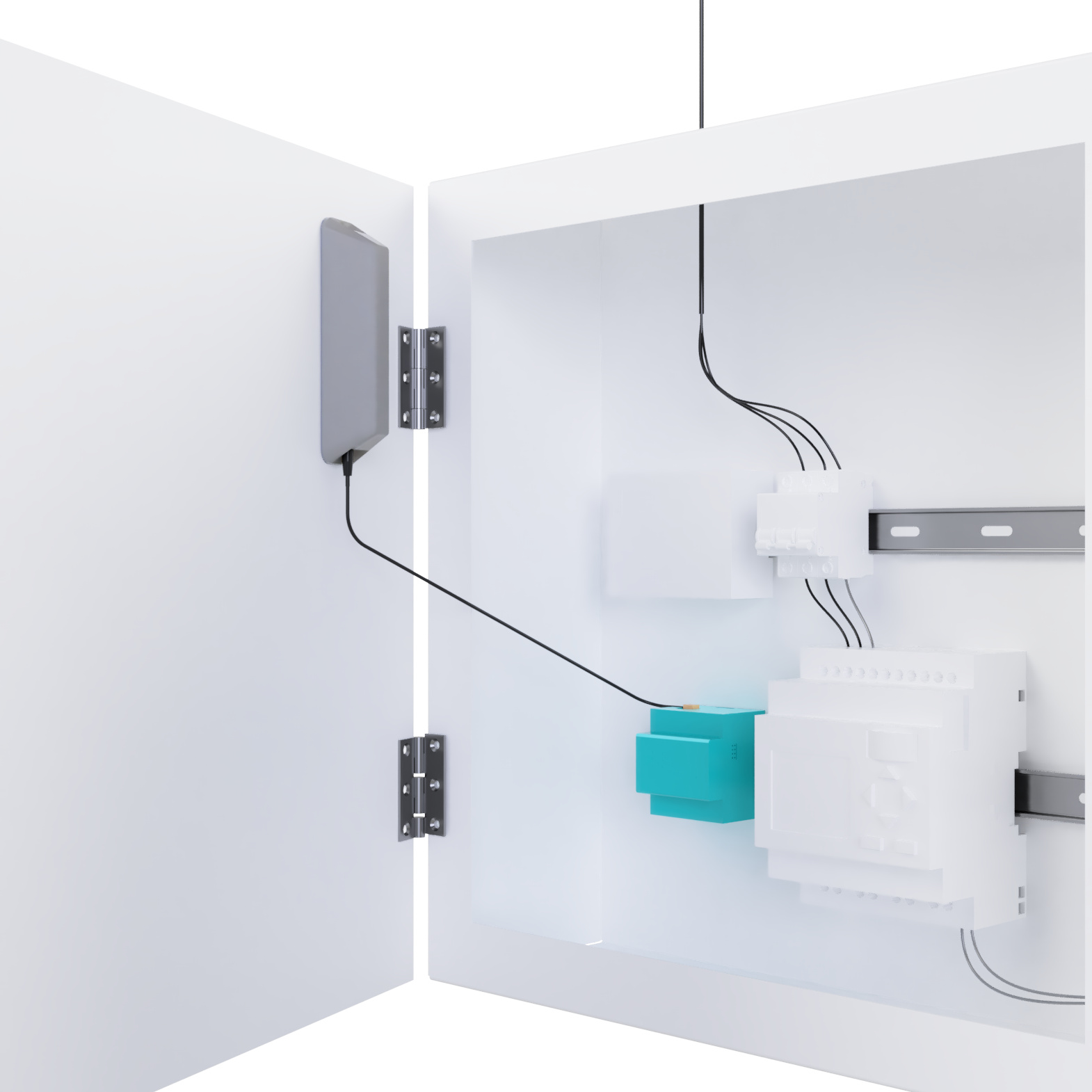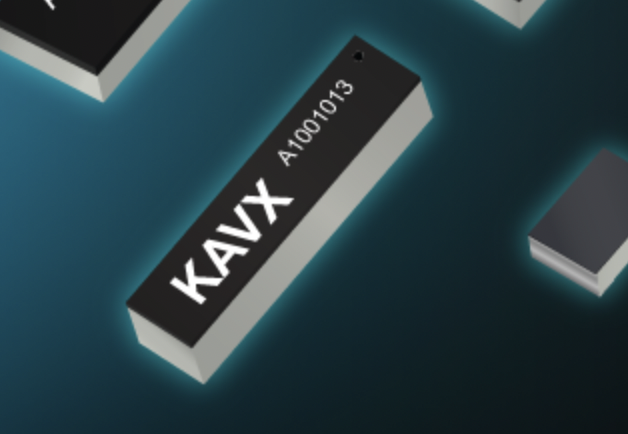NTT DOCOMO, INC., NTT Corporation, NEC Corporation, and Fujitsu Limited jointly announced the development of a top-level wireless device capable of ultra-high-speed 100 Gbps transmissions in the 100 GHz and 300 GHz sub-terahertz bands. The four companies have been jointly conducting R&D on sub-terahertz devices since 2021 in anticipation of the coming 6G era. To…
RF power sensor covers 25 MHz to 1 GHz
Anritsu Company announces the launch of their new inline power sensor MA24103A which is designed to measure accurate Peak and True-RMS average power measurements from 25 MHz to 1 GHz and 2 mW to 150 W power range. Several applications demand accurate peak and average power measurements well below the frequency range of 1 GHz.…
IP adds Wi-Fi, Bluetooth, UWB, or Zigbee/Matter to IoT semiconductors
Ceva, Inc. launched Ceva-Waves Links, a new family of multi-protocol wireless platform IPs. The integrated offering supports the latest wireless standards to address the surging demand for connectivity-rich chips targeting Smart Edge devices in the consumer IoT, Industrial, automotive, and personal computing markets. These industry-leading IPs include Wi-Fi, Bluetooth, Ultra-Wideband (UWB), and IEEE 802.15.4 (for Thread /…
Antennas bring 5G, GNSS to IoT devices
Quectel Wireless Solutions has made further additions to its comprehensive range of antennas for IoT devices and deployments. The latest launches include the YEMN016AA and YEMN017AA 5G 5-in-1 combination antennas, the YECN001J1A and YECT000WBA external 5G antennas, and the YEGB000Q1A and YEGN000Q1A active GNSS L1 and L5 antennas. The YEMN016AA is a 5G and global navigation satellite systems (GNSS) 5-in-1 antenna measuring 204.4mm x 86.7mm x…
mmWaves bring interconnect challenges to 5G and 6G
Signals in the mmWave range require extra care and more expensive components than at sub-6 GHz frequencies.
Front-end mmWave IC combines PA, LNA, and switch
mmTron announced its first single-chip front-end IC for mmWave communications. Covering 24 to 30 GHz, the TMC252 integrates a power amplifier (PA), low noise amplifier (LNA), and transmit-receive switch on a single GaN IC that is available as a die or packaged in a 5 mm x 5 mm air-cavity QFN. The TMC252 is well-suited…
Dual-band positioning IC boosts accuracy in urban areas
u-blox has announced F10, the company’s first dual-band GNSS (Global Navigation Satellite Systems) platform combining L1 and L5 bands to offer enhanced multipath resistance and meter-level positioning accuracy. The platform caters to urban mobility applications, such as aftermarket telematics and micromobility. Applications that use GNSS receivers for accurate positioning are on the rise. Yet, current…
Researchers develop frequency-selective surfaces
The growing number of devices connected to wireless networks has highlighted the need for innovative solutions to ensure seamless connections. Now, researchers from Nagoya Institute of Technology have introduced a metasurface that can distinguish wireless signals based on both frequency and pulse width. This metasurface can be integrated into antennas to accommodate more devices within…
Mulitband cellular antenna designed for IoT applications
The Antenna Company announced customer sampling and availability of its AC97002 multiband cellular antenna designed for ease of installation with indoor smart meter gateways and other IOT applications. The AC97002 antenna highlights the following benefits: Reliable radio coverage over frequency bands of 698-960 MHz and 1700-2690 MHz, with efficiencies up to 75% in sub-GHz bands;…
AEC-compliant antennas support range of wireless technologies, offer frequencies from 617 MHz to 8.5 GHz
KYOCERA AVX released the new A-Series low-profile, surface-mount automotive antennas at CES 2024 in Las Vegas. CES is the most powerful tech event in the world — the proving ground for breakthrough technologies and global innovators — and KYOCERA AVX is exhibiting and offering new A-Series sample kits at Booth #10545 in the North Hall…

